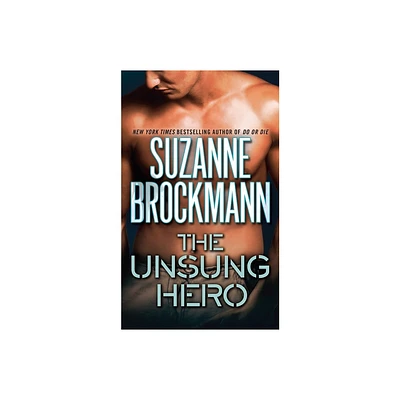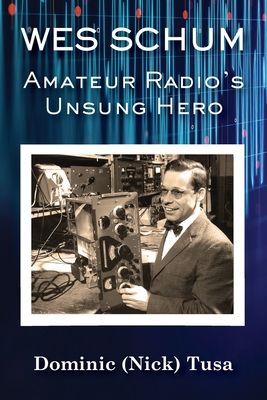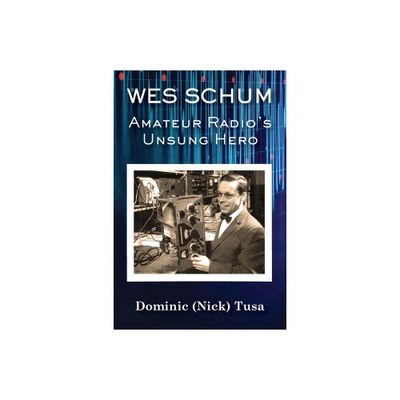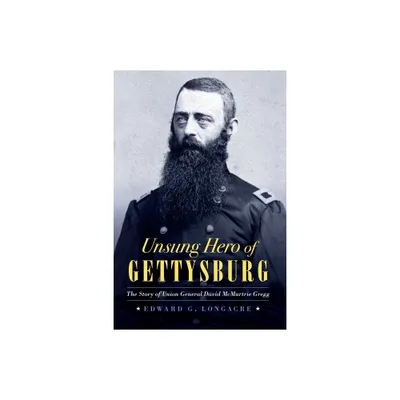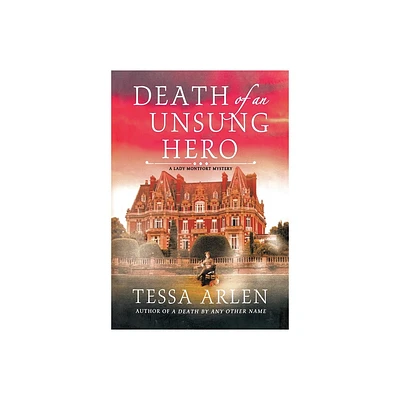Home
Rosalind Looked Closer: An Unsung Hero of Molecular Science
Loading Inventory...
Barnes and Noble
Rosalind Looked Closer: An Unsung Hero of Molecular Science
Current price: $19.99


Barnes and Noble
Rosalind Looked Closer: An Unsung Hero of Molecular Science
Current price: $19.99
Loading Inventory...
Size: OS
*Product Information may vary - to confirm product availability, pricing, and additional information please contact Barnes and Noble
The story of a persistent woman whose research in molecular biology changed the world.
As a Jewish girl in England, Rosalind Franklin grew up against the backdrop of World War II. Fascinated with the natural world, as well as the invisible world that she could only see through her microscope, Rosalind developed a passion for science during a time when few women were recognized for their contributions to the field.
Despite her father's discouragement, Rosalind studied chemistry at Cambridge University and went on to study the molecular structure of carbons and DNA molecules. As a scientist, she learned a new technique called X-ray diffraction to take photos of molecular structures. With this technique she captured an image of DNA that was unlike any other image that had been seen before. She saw an image of a helix made up of repeating strands of DNA. It was mesmerizing. This was what the DNA double helix looked like up-closeone of the most important findings of the 20th century.
An unsung hero of molecular science, Rosalind persisted even when men took credit for her work, going on to research the molecular shape of the viruses.
Rosalind Looks Closer
is sure to inspire educators and parents interested in encouraging curiosity and a passion for STEM in girls and boys.
As a Jewish girl in England, Rosalind Franklin grew up against the backdrop of World War II. Fascinated with the natural world, as well as the invisible world that she could only see through her microscope, Rosalind developed a passion for science during a time when few women were recognized for their contributions to the field.
Despite her father's discouragement, Rosalind studied chemistry at Cambridge University and went on to study the molecular structure of carbons and DNA molecules. As a scientist, she learned a new technique called X-ray diffraction to take photos of molecular structures. With this technique she captured an image of DNA that was unlike any other image that had been seen before. She saw an image of a helix made up of repeating strands of DNA. It was mesmerizing. This was what the DNA double helix looked like up-closeone of the most important findings of the 20th century.
An unsung hero of molecular science, Rosalind persisted even when men took credit for her work, going on to research the molecular shape of the viruses.
Rosalind Looks Closer
is sure to inspire educators and parents interested in encouraging curiosity and a passion for STEM in girls and boys.



